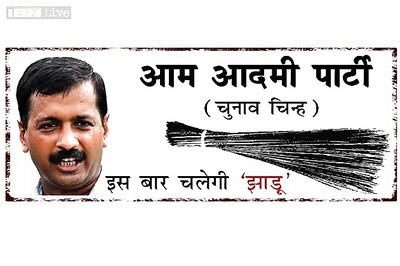
views
New Delhi: The National Sample Survey Office’s Periodic Labour Force Survey recorded the unemployment rate in India at a 45-year-high of 6.1 percent in 2017-18, Business Standard reported on Thursday.
Two independent members of the National Statistical Commission had resigned this week after the government allegedly failed to publish the report that was prepared last month. The report is still not public.
This is the first survey on employment by a government agency after Prime Minister Narendra Modi announced demonetisation of Rs 500 and Rs 1,000 currency notes in November 2016. The Periodic Labour Force Survey is the first annual household survey of the National Sample Survey Office and data was collected between July 2017 and June 2018.
Documents reviewed by the Business Standard showed that unemployment rate was at its highest since the 1972-73 period, from when the employment data is comparable. In comparison, the unemployment rate stood at 2.2% in 2011-12, during the United Progressive Alliance’s second term, according to the survey.
The report showed that the unemployment rate among the youth was at a higher level compared to previous years and “much higher compared to that in the overall population”.
The rate of unemployment among men in rural areas between the ages of 15 and 29 years jumped to 17.4 percent in 2017-18 compared to 5 percent in 2011-12. The unemployment rate among women in rural areas stood at 13.6 percent in 2017-18 compared to 4.8 percent in 2011-12, according to the survey.
Unemployment among youth in urban areas was higher than in rural areas – 18.7 percent for men and 27.2 percent for women in 2017-18.
More among the educated were jobless in 2017-18 than they were in 2004-05. For educated women in rural areas, unemployment was at 17.3 percent in 2017-18 compared to 9.7 percent-15.2 percent during 2004-05 to 2011-12. For educated men in rural areas, the unemployment rose to 10.5 percent in 2017-18 compared to 3.5 percent to 4.4 percent during 2004-05 to 2011-12.
The labour force participation rate, which is the proportion of population working or seeking jobs, declined from 39.5 percent in 2011-12 to 36.9 percent in 2017-18. The labour force participation has been declining since 2004-05. The dip was at a higher pace in 2017-18 compared to 2011-12, but at a lower speed than what was witnessed in 2009-10.




















Comments
0 comment